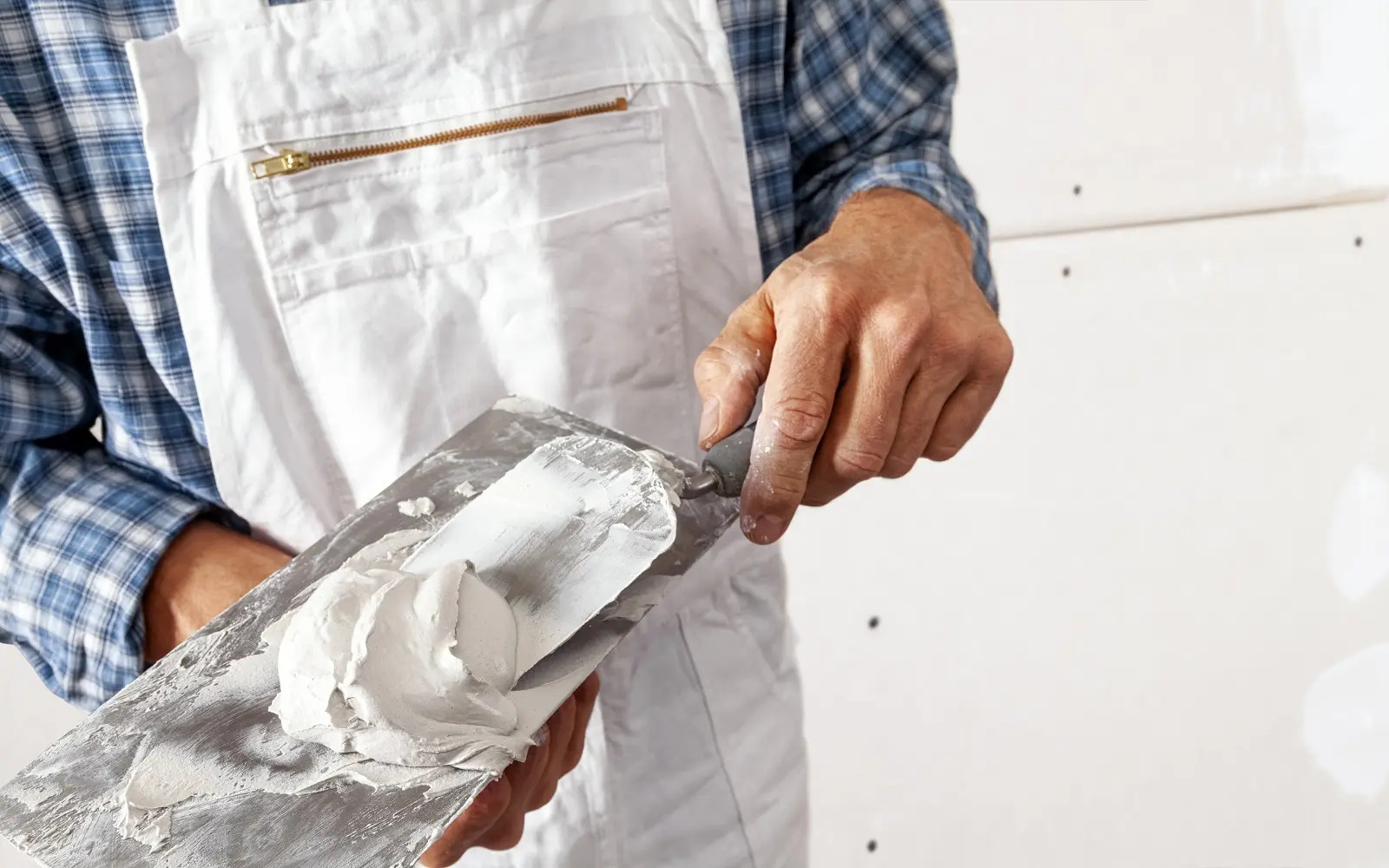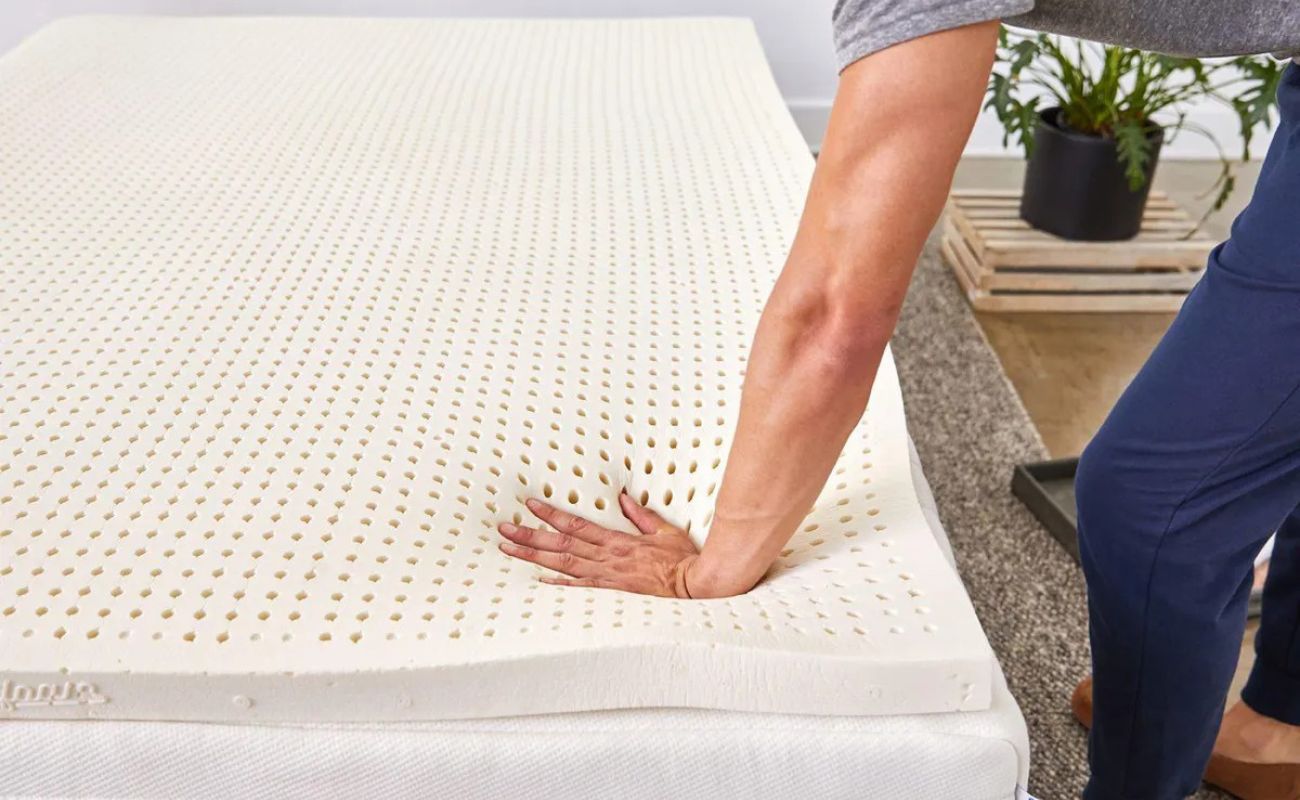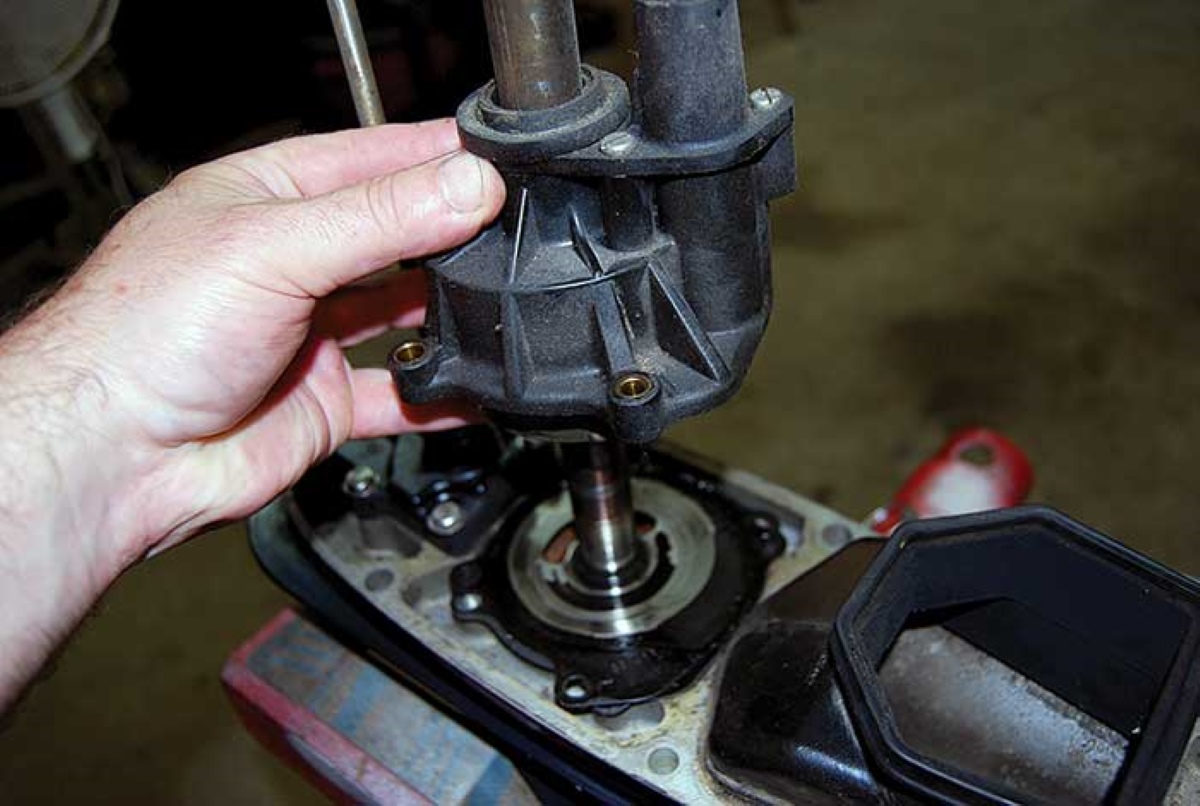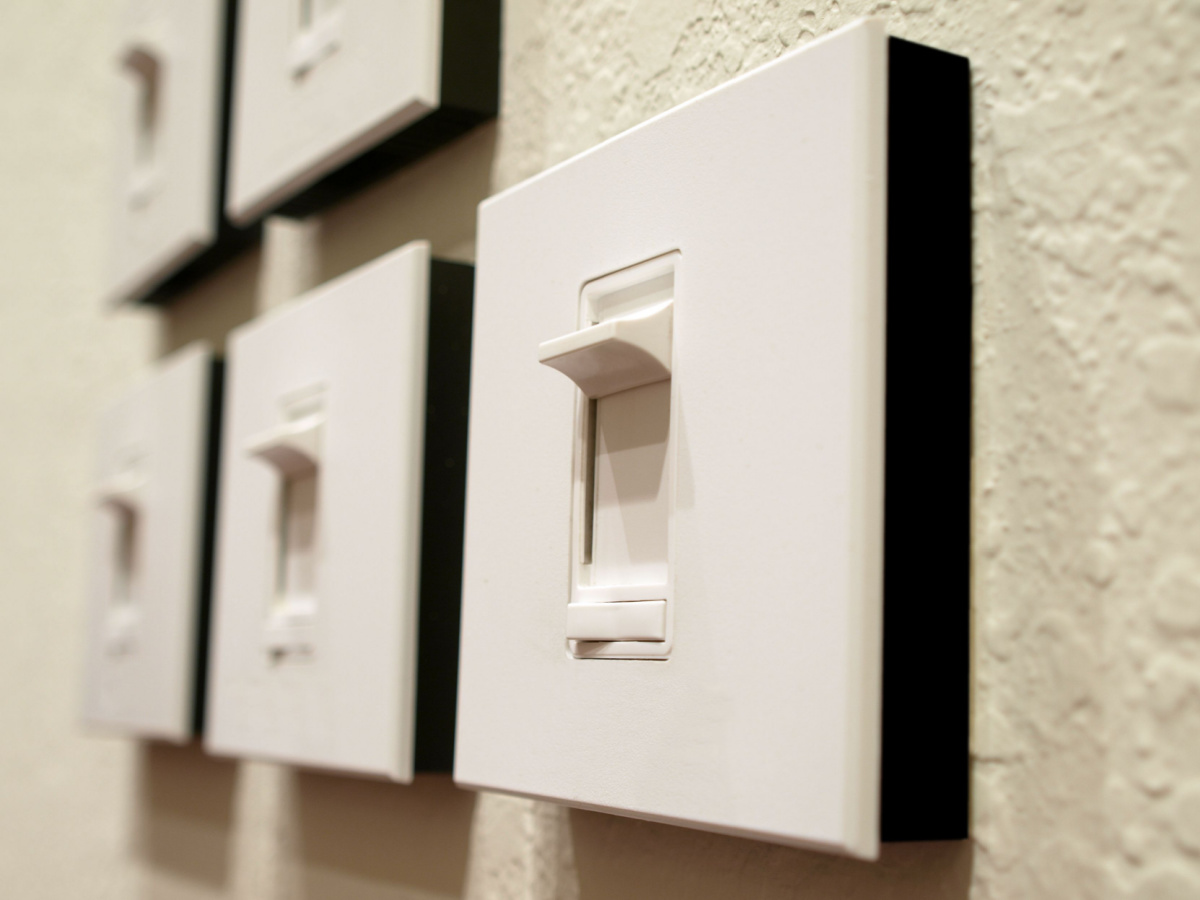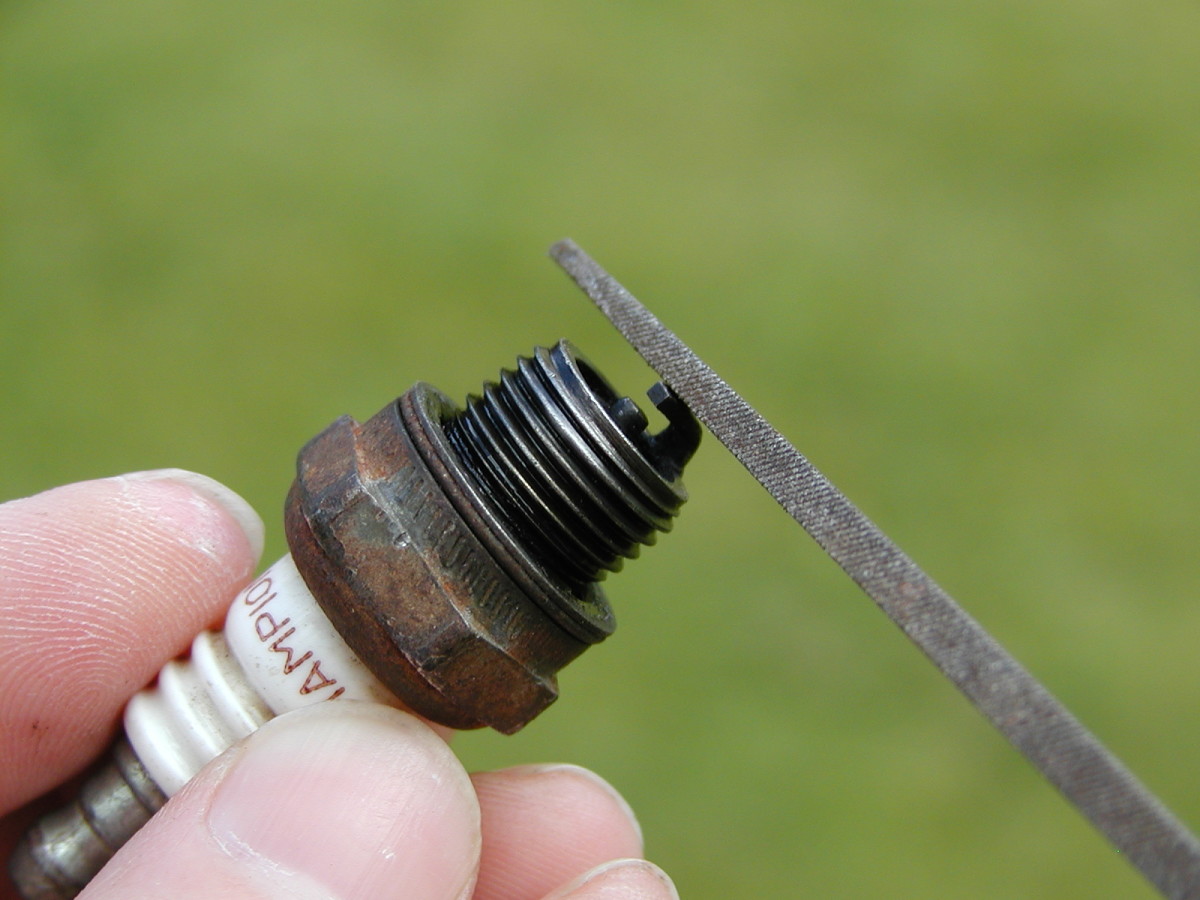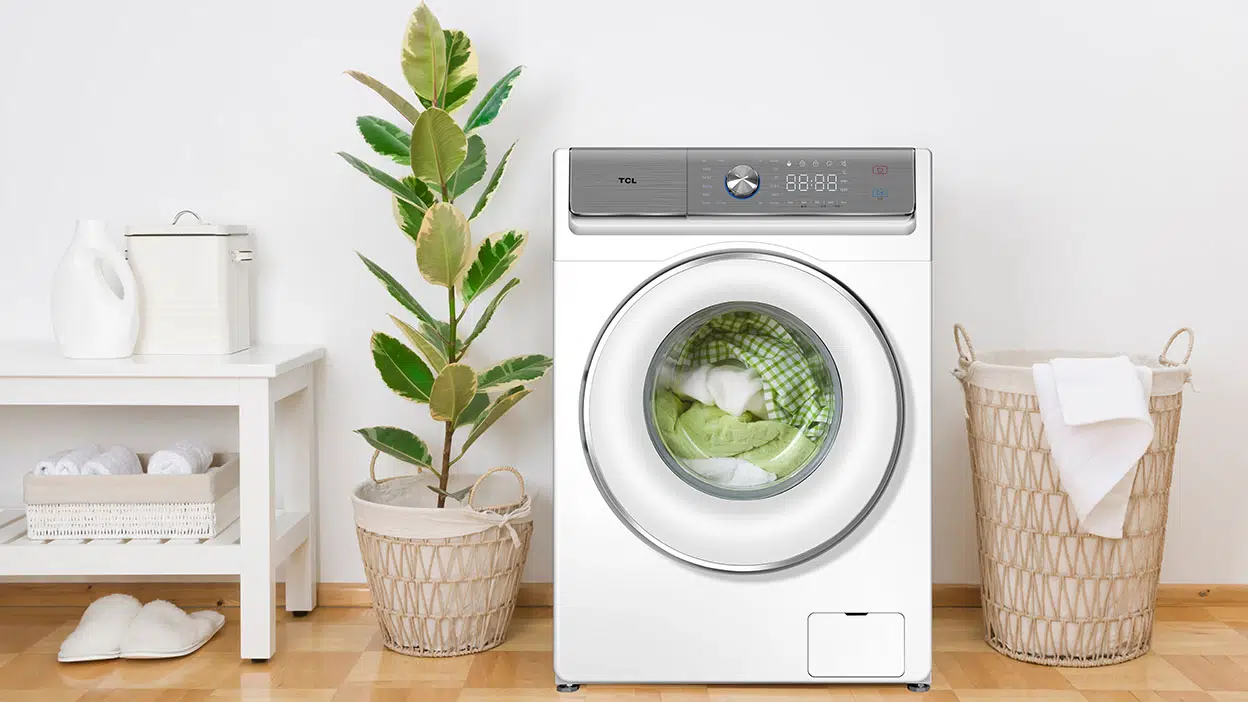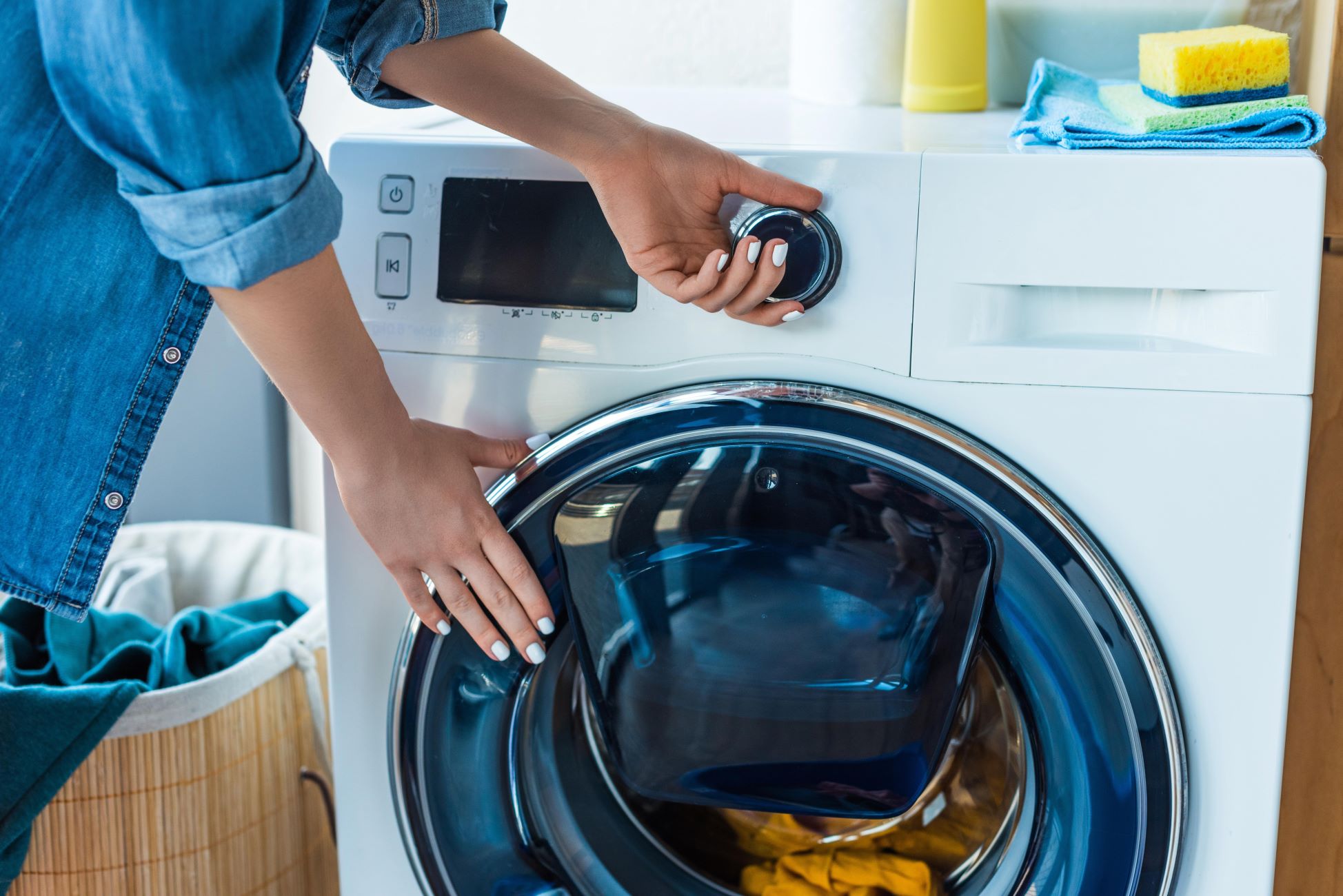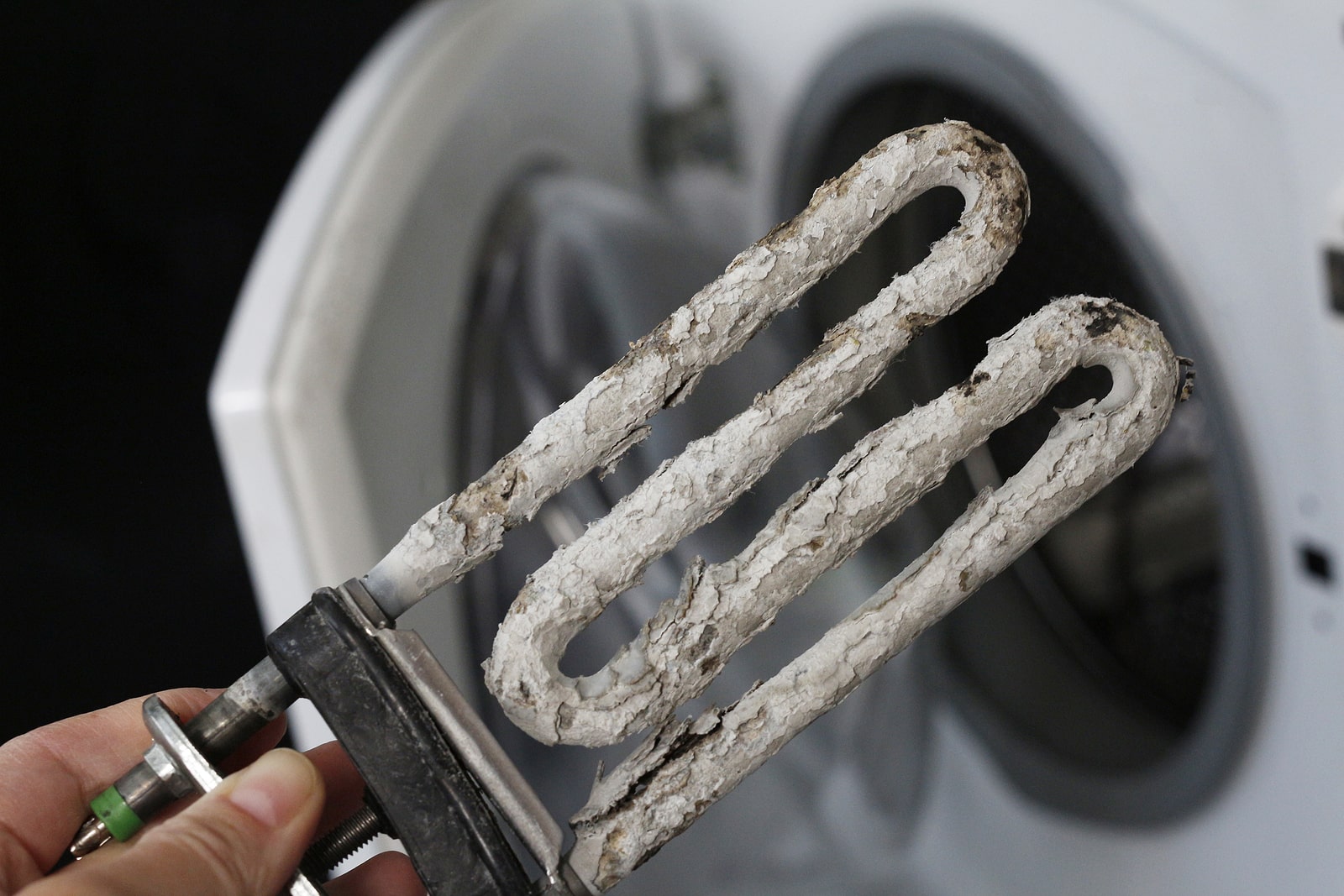Home>Furniture>Bedroom Furniture>How To Tell If Your Mattress Is Bad


Bedroom Furniture
How To Tell If Your Mattress Is Bad
Modified: March 6, 2024
Discover how to determine if your bedroom furniture, specifically your mattress, is in poor condition with these helpful tips and tricks.
(Many of the links in this article redirect to a specific reviewed product. Your purchase of these products through affiliate links helps to generate commission for Storables.com, at no extra cost. Learn more)
Introduction
Welcome to the world of bedroom furniture where comfort and restful sleep are paramount. Among the various elements that contribute to a good night’s sleep, the mattress plays a vital role. A high-quality mattress not only ensures a comfortable sleep, but it also supports your body properly, preventing aches and pains. However, over time, even the best mattresses can start to deteriorate, affecting your sleep and overall well-being.
In this article, we will explore the signs that indicate your mattress may be in need of replacement. We will also discuss how to test your mattress to assess its condition, and provide tips on how to care for and maintain it to prolong its lifespan.
So, if you’re finding yourself tossing and turning at night or waking up feeling tired and achy, it may be time to evaluate the state of your mattress. Let’s dive in and learn how to tell if your mattress is bad.
Key Takeaways:
- Signs of a Bad Mattress
If you notice sagging, discomfort, wear and tear, allergies, or disturbed sleep, it’s time to consider a new mattress for better support and restful sleep. - Testing Your Mattress
Check for sagging, evaluate springs and foam, and inspect the cover to determine if your mattress needs replacing. Prioritize your comfort and well-being.
Read more: How To Tell If Your House Water Pump Is Bad
Signs of a Bad Mattress
A mattress is a long-term investment that greatly affects the quality of your sleep. Over time, wear and tear can impact its performance, resulting in a less comfortable and supportive surface. Here are some key signs that your mattress may be in need of replacement:
- Uneven or Sagging Surface: One of the most obvious signs of a bad mattress is when you notice unevenness or sagging in the sleeping surface. If you frequently find yourself rolling into a certain spot or feeling like you’re sleeping in a hole, it’s a clear indication that the mattress is no longer providing proper support.
- Lack of Support and Discomfort: An uncomfortable sleep experience is a tell-tale sign that your mattress is not doing its job. If you wake up with aches, pains, or stiffness that fades as the day progresses, it’s likely due to inadequate support from your mattress. This can be particularly bothersome for those with pre-existing back or joint issues.
- Visible Wear and Tear: Take a close look at your mattress and inspect for any visible signs of wear and tear. This includes frayed edges, visible springs, or fabric that is starting to unravel. If your mattress looks worn out, it’s a good indication that it needs to be replaced.
- Allergies and Respiratory Issues: Dust mites and allergens can accumulate over time in your mattress, causing allergic reactions and respiratory issues. If you find yourself constantly sneezing, coughing, or experiencing nasal congestion while in bed, it may be time to consider a new mattress that is hypoallergenic and easier to clean.
- Disturbed Sleep and Waking up Tired: A deteriorating mattress can disrupt your sleep, leaving you feeling tired and groggy, even after a full night’s rest. If you find yourself waking up frequently during the night or experiencing difficulty falling asleep, it may be a sign that your current mattress is no longer providing the support and comfort you need for restful sleep.
It’s important to address these signs early on to ensure you maintain a healthy sleep environment and promote overall well-being. Next, we will explore how to evaluate your mattress to determine its condition.
Testing Your Mattress
Now that you are aware of the signs that indicate a bad mattress, it’s time to put your current mattress to the test. By conducting a thorough evaluation, you can ascertain its condition and determine whether it’s time for a replacement. Here are some key areas to assess:
- Checking for Sagging or Dipping: Start by visually inspecting your mattress for any noticeable sagging or dipping. Stand at the edge of your mattress and look for any unevenness or areas that seem lower than the rest. This could be a sign of weakened support and suggests that your mattress is no longer providing the necessary stability.
- Evaluating Spring and Coil Integrity: If your mattress is equipped with springs or coils, gently press down on different areas to feel for any squeaking or noise. Additionally, pay attention to how well the springs or coils bounce back after pressure is applied. If they feel loose or unresponsive, it may be an indication that the internal structure of the mattress is compromised.
- Assessing Foam Density and Deterioration: If you have a foam mattress, check for any areas where the foam feels softer or less supportive than others. Over time, foam mattresses can develop indents or impressions in the areas where you typically lie. Excessive wear and tear or a significant decrease in foam density can affect the overall comfort and supportiveness of the mattress.
- Examining Pillowtop and Mattress Cover Condition: Inspect the condition of the pillowtop or mattress cover, if applicable. Look for signs of fraying, pilling, or visible damage. A deteriorating pillowtop not only affects the appearance but also compromises the overall comfort and support of your mattress.
By performing these tests, you can gain a better understanding of your mattress’s condition and make an informed decision about whether it needs to be replaced. If you notice multiple issues or if your mattress is nearing the end of its lifespan, it’s likely time to start considering a replacement. In the next section, we will discuss when it’s appropriate to replace your mattress.
If your mattress is sagging, lumpy, or causing you back pain, it may be time for a new one. A good mattress should provide support and comfort for a restful sleep.
When to Replace Your Mattress
Knowing when to replace your mattress is essential for maintaining optimal sleep comfort and overall health. While the lifespan of a mattress can vary depending on factors such as quality and usage, there are some general guidelines to consider. Here are key factors to determine if it’s time to replace your mattress:
- Age and General Lifespan of Common Mattress Types: Different mattress types have varying lifespans. Innerspring mattresses typically last around 7-10 years, while memory foam mattresses can last up to 10-15 years. Consider the age of your mattress and compare it to the expected lifespan of its specific type.
- Physical Discomfort and Pain: If you consistently wake up with body aches, stiffness, or experience pain while sleeping, it’s a sign that your mattress is no longer providing the necessary support. Discomfort and pain can negatively impact your quality of life, so investing in a new mattress that better aligns with your needs can make a significant difference.
- Sleep Quality and Overall Restfulness: Quality sleep is crucial for overall well-being. If you find yourself consistently struggling to fall asleep, waking up frequently during the night, or feeling restless and fatigued despite getting enough hours of sleep, it may be time for a new mattress. Improving your sleep quality can enhance your energy levels, productivity, and overall health.
- Allergies and Respiratory Symptoms: As mentioned earlier, mattresses can accumulate allergens such as dust mites, which can trigger allergies and respiratory symptoms. If you frequently experience sneezing, wheezing, or suffer from congestion while in bed, replacing your mattress with a hypoallergenic option can help alleviate these issues.
- Changes in Body Weight or Lifestyle: Significant changes in body weight or lifestyle can impact the performance of your mattress. If you’ve experienced weight gain or loss, or if your lifestyle has changed (e.g., pregnancy, a new partner joining the bed), your current mattress might not be adequately supporting your needs. Evaluate how well your mattress accommodates these changes and consider a replacement if necessary.
It’s crucial to prioritize your comfort and overall well-being when deciding whether to replace your mattress. If you experience any of these signs or a combination of them, it’s likely time to start shopping for a new mattress. In the next section, we will explore tips for maintaining and caring for your mattress to ensure its longevity.
Maintaining and Caring for Your Mattress
Proper maintenance and care of your mattress are essential to prolong its lifespan and ensure that it remains in good condition. By following these tips, you can keep your mattress clean, comfortable, and supportive for years to come:
- Regular Cleaning and Vacuuming: It’s important to keep your mattress clean and free of dust and allergens. Vacuum your mattress regularly using the upholstery attachment to remove any surface debris. This helps to prevent the buildup of dust mites and allergens that can impact sleep quality and respiratory health.
- Using a Mattress Protector: Investing in a high-quality mattress protector is an excellent way to safeguard your mattress from spills, stains, and dust. A waterproof mattress protector provides an additional barrier against liquids and can be easily removed and washed, ensuring your mattress stays clean and hygienic.
- Rotating or Flipping Your Mattress: To maintain even wear and prevent sagging, periodically rotate your mattress from head to toe. Some mattresses can also be flipped over if they have two usable sides. Check the manufacturer’s instructions to determine if your mattress can be flipped, and if so, do it every few months. This helps distribute the pressure evenly and extends the lifespan of your mattress.
- Avoiding Excessive Moisture and Spills: Moisture can lead to mold and mildew growth, which can damage the materials of your mattress. To prevent this, avoid placing drinks or food on your mattress and use caution when using water-based cleaning products. If any spills occur, clean them up immediately using a gentle cleaning solution and a clean cloth.
Following these maintenance tips and taking care of your mattress will not only extend its lifespan but also contribute to a healthier sleep environment. By keeping your mattress clean and well-maintained, you can ensure that it continues to provide the comfort and support you need for a restful night’s sleep.
As a final note, always refer to the manufacturer’s guidelines and instructions specific to your mattress for the best care practices. Now that you’re armed with this knowledge, you can enjoy a longer-lasting and more comfortable mattress experience.
Read more: How To Tell If Insulation Is Bad
Conclusion
Your mattress plays a crucial role in getting a good night’s sleep and maintaining your overall well-being. Over time, wear and tear can diminish its comfort and support, impacting the quality of your sleep. By understanding the signs of a bad mattress and knowing when to replace it, you can ensure that you’re getting the sleep you deserve.
Signs such as an uneven or sagging surface, lack of support and discomfort, visible wear and tear, allergies and respiratory issues, and disturbed sleep are indications that your mattress may be past its prime. By evaluating your mattress through tests like checking for sagging, assessing spring and coil integrity, evaluating foam density, and examining pillowtop and mattress cover conditions, you can determine if it’s time for a replacement.
Factors such as age, physical discomfort, sleep quality, allergies, and changes in body weight or lifestyle are crucial considerations when deciding whether to replace your mattress. If you notice any of these factors affecting your sleep experience, it’s worth investing in a new, supportive mattress that suits your needs.
To prolong the lifespan of your mattress, it’s important to maintain and care for it properly. Regular cleaning and vacuuming, using a mattress protector, rotating or flipping your mattress, and avoiding excessive moisture and spills are essential practices to follow. By keeping your mattress clean and well-maintained, you can enjoy its comfort and support for years to come.
Remember, a good mattress is essential to achieve restful sleep and wake up feeling refreshed and rejuvenated. So, take the time to evaluate your mattress, determine whether it’s time for a replacement, and prioritize your sleep quality and overall well-being. With a new and supportive mattress, you can look forward to nights of blissful sleep and wake up ready to conquer the day.
Frequently Asked Questions about How To Tell If Your Mattress Is Bad
Was this page helpful?
At Storables.com, we guarantee accurate and reliable information. Our content, validated by Expert Board Contributors, is crafted following stringent Editorial Policies. We're committed to providing you with well-researched, expert-backed insights for all your informational needs.
